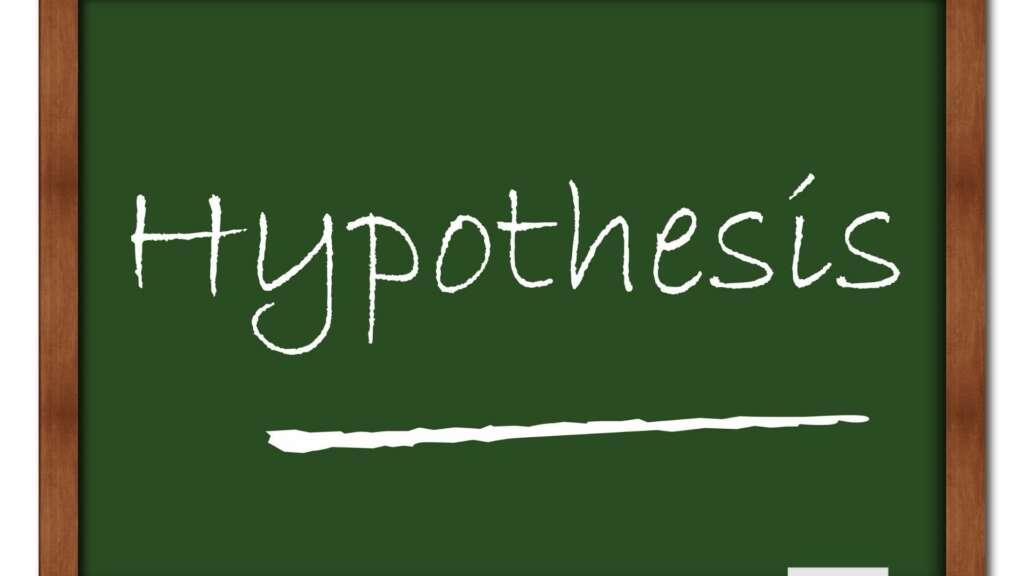
In statistical test, the alternate hypothesis is considered a more precise position which suggests that something else is going on, rather than an existing one. It’s generally consistent with the existing data set as it’s built from previous studies, literature review, etc. However, the test results do not necessarily provide enough evidence for this position.
This is where the alternate hypothesis comes in. In statistical test, there is no specific reason to use an alternate hypothesis. Instead, the investigators just consider that if there is any significant evidence to suggest that the current data set provides insufficient evidence for the hypothesis, then they should adopt that hypothesis as well. This is often referred to as hypothesis substitution. As the name implies, this procedure is used when a test result can be explained by using a different set of factors.
There are two main types of alternative hypotheses. The first is based on a previous study or research project. In this case, the investigators want to look at the factors that might have contributed to their results. For instance, they could analyze the subjects’ personality, socioeconomic status, age and race of the subjects, as well as the number of experiments they performed to see if they had an effect on their results.
If the results are consistent with these factors, the investigators might decide to adopt the alternate hypothesis, but they would still need to provide some evidence to support their claim. In this case, they could make use of several methods such as correlation analysis and chi-square analysis.
For example, if there were significant results for the Chi-square test, then the investigators might claim that the statistical results can be explained by a common factor among the subjects. They could then go on to analyze the relationship between the subject characteristics, such as age and race, and the results obtained in the chi-square test. Once they’ve identified the common factor, they could make use of a statistical technique called a significance test, which tests whether the correlation obtained in the chi-square test is significant.
On the other hand, if there were no significant results from the chi-square test, then the researchers would also make use the other method to support their claim: statistical significance. But in this case, they would again need to provide some evidence to support their claims. This method involves using a number of statistical procedures such as an analysis of variance or a power analysis. These statistical procedures will show whether the data are consistent with a certain hypothesis and are consistent enough to justify the hypothesis.
In order for the hypothesis to be considered significant, it must have a significance level. This significance level is the probability that, if the hypothesis were true, it would provide enough evidence for the results obtained in the statistical analysis.
When there are multiple alternatives to consider, there is only one or two that have high levels of significance, but this does not mean that they should be rejected as false. The significance level will depend on how many times the hypothesis has been tested. For instance, a hypothesis can be considered significant if there is at least a one in 10 chance of the results being real.
Sometimes, the investigator can only support the significance level of their alternative hypothesis by using a single statistical test. In this case, they can use the chi-square test to support their claim about the existence of a common factor among the subjects. In order to reject the other hypothesis, they have to perform more than just the chi-square test, however. They will have to conduct multiple tests, or statistical methods.
It is important that the hypothesis is supported by all available evidence and that there is no compelling evidence against it. Otherwise, the researcher can end up with a lot of work, but no results. after trying to support a single alternative hypothesis.
Another thing you should know about the chi-square test is that it does not prove a conclusion. that a specific statistic is significant.


